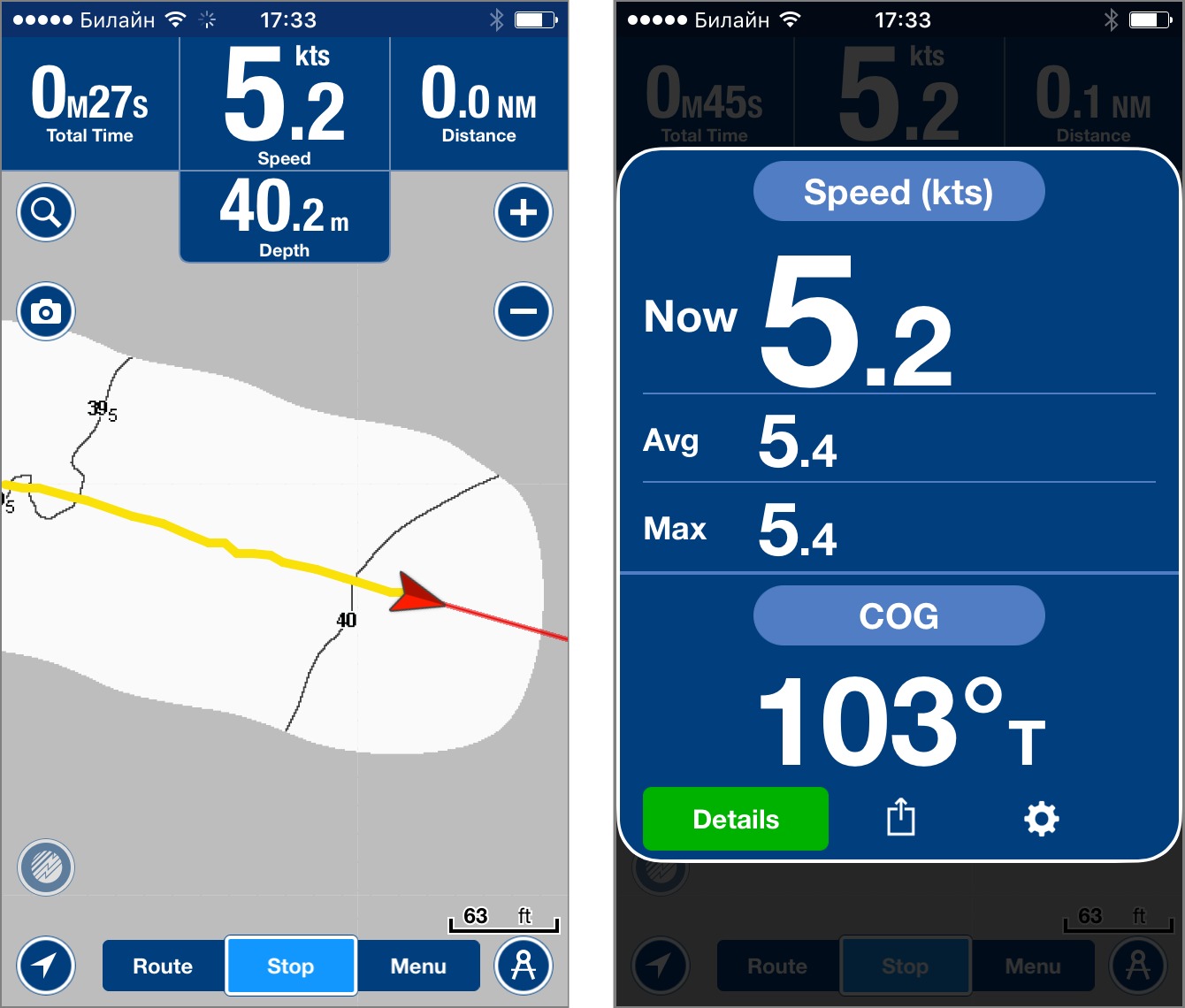

C-MAP charts are available in the MAX series, and earlier NT+ charts.

C-MAP pioneered what is today referred to as Object-Orientated Technology, and offer various presentation modes for the user's requirements. Their C-MAP vector charts meanwhile are based, in part, on UKHO products, with additional information provided by other public agencies and private information publishers.
#Navionics chart viewer Pc#
The PC planner comes with a USB C-Cad, or FP Card reader which features a dual slot cartridge holder and can read two separate charts simultaneously. Jeppesen's C-MAP PC planner and vast array of digital charts will turn your humble computer into the perfect navigational tool.
#Navionics chart viewer download#
You can download corrections, and they're available to buy as chart packs covering various ocean areas around Britain. The high resolution images uses the GPS to allow route planning with waypoints, with chart notes, warnings and tidal diamonds displayed as text boxes. Though they are basically electronic editions of standard Imray Charts published for PC, but with integrated GPS plotter software. The selection of Imray digital charts are in a way a halfway point between raster and vector. What's important to note is these aren't simply scanned paper copies they're taken directly from the digitised originals. However, their Admiralty Raster Chart Service (ARCS) remains, giving you their entire choice of charts in a far more handy format. Worse, in 2012, they also revealed they planned to withdraw their ARCS Skipper digital navigation service by around November 2013. In 2010, the United Kingdom Hydrographic Office (UKHO) announced they'd be restructuring its Admiralty Leisure product range, which sadly included the rather useful RYA chart plotter a great introduction to electronic navigation.
#Navionics chart viewer software#
Now we'll look at some of the more popular suppliers of charts, plotting software and other peripherals. Systems using ENC charts can also be programmed to give warning of impending danger in relation to the vessel's position and movement. Vector charts also come on CD-ROM, but are also supplied on SD cards for dedicated marine plotters. They go beyond the simple presented navigational information with several 'layers' of helpful plotting tools and data, including depths, tidal streams, contours, and, depending on what software you're using, they can be linked dynamically to other databases to provide actual real-time info e.g.

Vector charts, also referred to as ENC's, are conceived entirely as digital charts. Typically Raster charts are supplied on a CD-ROM, and can be viewed using proprietary software such as seaPro Lite (more on the individual software later). The word 'raster' refers to raster graphics, or bitmap a dot matrix data structure that creates images using a rectangular grid of pixels. You can pan and zoom on these charts, but you can't access more than the present amount of detailing (to get more detail on a certain area, you need to switch the chart over). Raster charts are essentially digitized scans of the paper charts (typically UKHO Admiralty charts). They provide a constant position and navigational safety information when used in conjunction with certain charting software and GPS receivers.Įlectronic charts fall into two separate groups: Raster and Vector. Used with either a laptop or on board computer, PDA (more recently tablets) or a dedicated marine chart plotter, electronic navigational charts provide digital-based navigation that - like their cumbersome paper counterparts - are subject to the compliances of the International Martime Organization (IMO). For this entry in the Sea Chest blog, we aim to give you a basic round-up of electronic nautical charts software, their various suppliers and some recent developments that might be worth your interest. Not being subject to electrical failure, paper charts are still widely used by many sailors, but these digital ocean companions are rapidly beginning to augment and even replace more traditional methods of mapping. Electronic charts, more so than any other recent advancement, perfectly represent the way boating and technology have sailed side by side into the 21st century.


 0 kommentar(er)
0 kommentar(er)
